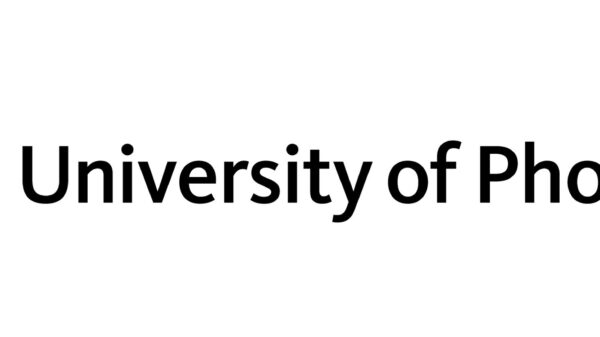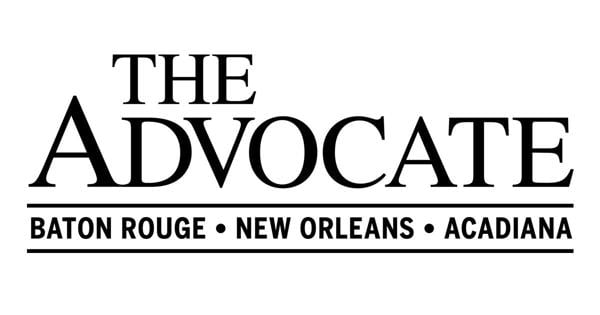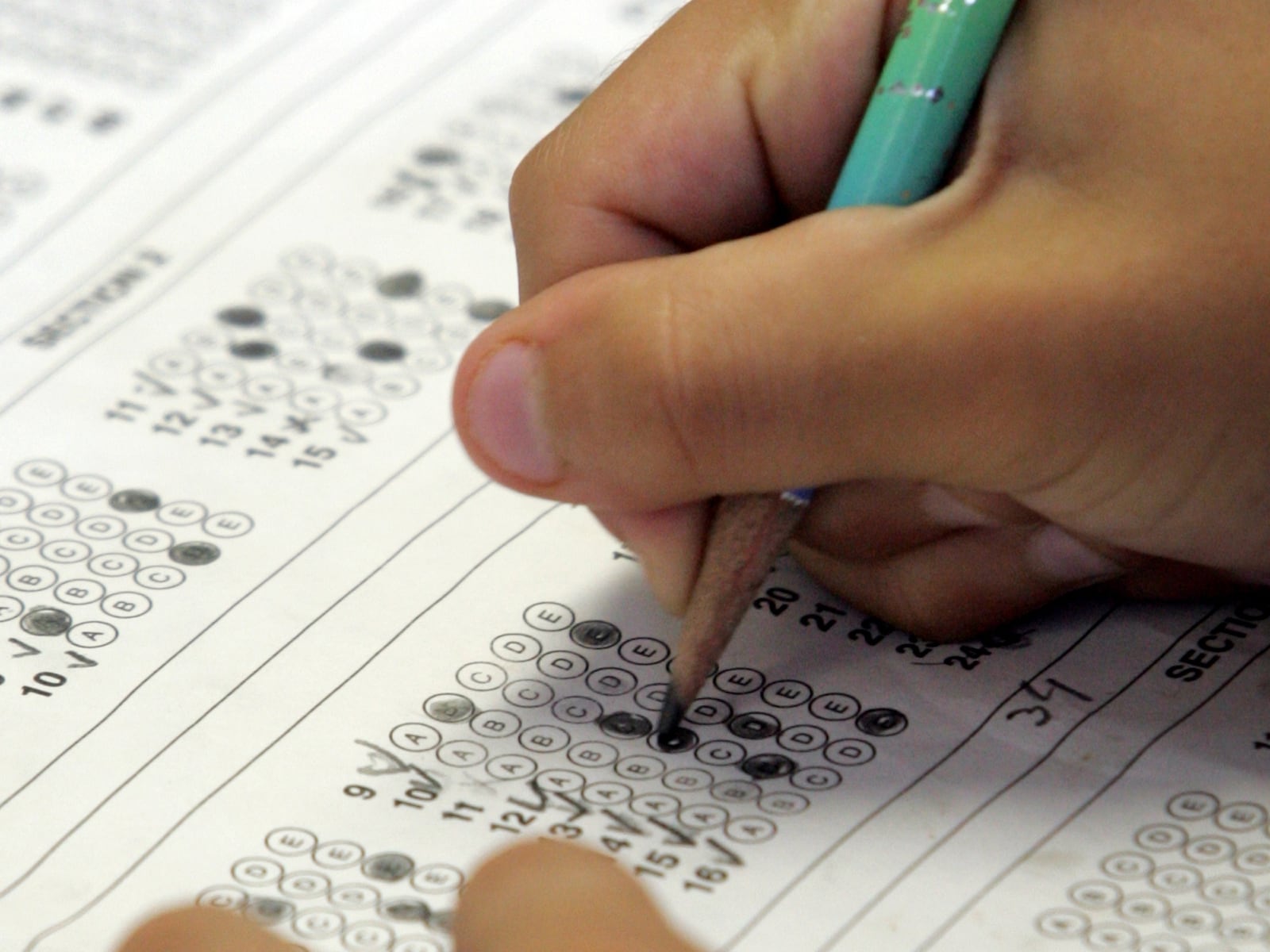The release of the 2025 school district report cards on September 15 revealed significant progress among several districts in Northeast Ohio, including the East Cleveland City School District. Once criticized by state lawmakers for its persistently low test scores, East Cleveland achieved an overall performance rating of three stars, reflecting a notable improvement in its educational outcomes.
Other districts in the region also reported advancements. The ratings are based primarily on standardized test results from the previous spring, with a three-star rating being the minimum required to meet state educational standards.
Highlights of Improved Ratings Across Districts
In Cuyahoga County, several districts made strides. The Cleveland Heights-University Heights City School District improved from 2.5 to three stars, while the Garfield Heights City School District rose from two to three stars. Parma City School District saw an increase from 3.5 to four stars, indicating a strong upward trend in performance.
Geauga County’s Painesville City Local School District improved from 2.5 to three stars, and Willoughby-Eastlake City School District increased its rating from three to 3.5 stars. In Lorain County, Firelands Local School District achieved four stars, up from 3.5.
Portage County districts also reported positive changes: Windham Exempted Village School District rose from 2.5 to three stars, while Field Local and Rootstown Local both achieved four stars, up from 3.5. Summit County’s Akron City School District improved from 2.5 to 3.5 stars.
Strategies Driving Improvement
The enhancements across these districts are attributed to various educational strategies. The Parma City School District highlighted its focus on teacher professional development, particularly in the “science of reading” approach, which emphasizes phonics and vocabulary. Teachers systematically monitored student progress, allowing for timely support when necessary.
In the Willoughby-Eastlake City Schools, progress was largely driven by improvements in early literacy and measures aimed at closing achievement gaps, focusing on graduation rates, absenteeism, and performance across diverse student demographics.
The Cleveland Heights-University Heights City School District reported gains in both student growth and gifted education, while Firelands Local School District attributed its success to dedicated intervention periods, curriculum alignment across grade levels, and enhanced coaching for teachers in core subjects.
These improvements signal a broader trend as districts across Ohio continue to recover from learning losses associated with the COVID-19 pandemic. The East Cleveland City School District’s recent achievement is particularly notable, as it marks a turning point after two decades of low test scores and state intervention. The district has implemented more than a dozen strategies designed to enhance student performance, including tutoring options and connecting classroom learning to students’ personal interests.
As educational institutions adapt to new instructional models and work to mitigate the effects of past disruptions, these positive developments in Northeast Ohio serve as a hopeful indicator of progress in the state’s educational landscape.






































































